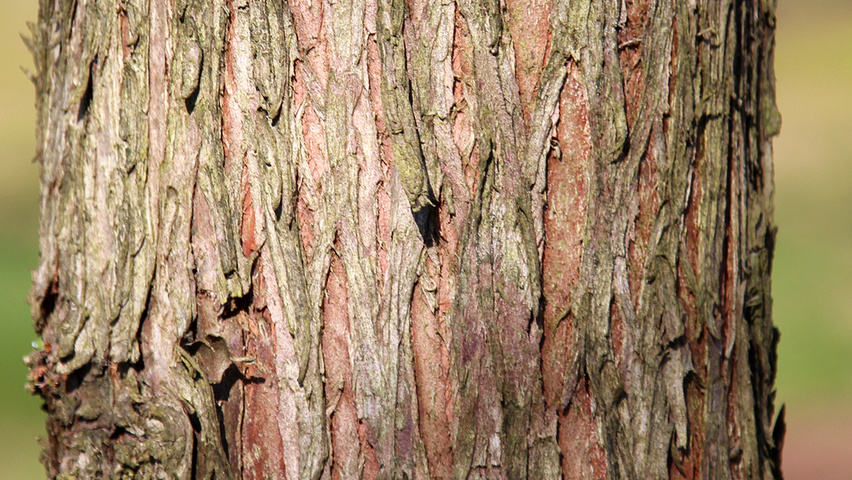4925 Woodstock Lane Rohrersville, MD 21779, USA 301-432-2965 Tuesday-Saturday. 10am-3pm info@meehansminiatures.com. Native: ChinaGeneral Notes:A Metasequoia glyptostroboides in Palo Alto is registered as a California Big Tree. It measures 88 feet high, with a trunk circumference of 182 inches and a crown spread of 59 feet.Tree CharacteristicsShape: ConicalFoliage: Deciduous, Linear and Needlelike, Light Green, BronzeHeight: 70 - 90 feet.Width: 12 - 20 feet.Flowers: Inconspicuous. Metasequoia glyptostroboides: Dawn Redwood1 Edward F. Gilman and Dennis G. This document is ENH-566, one of a series of the Environmental Horticulture Department, UF/IFAS Extension. Original publication date November 1993.
Native: China
General Notes:
A Metasequoia glyptostroboides in Palo Alto is registered as a California Big Tree. It measures 88 feet high, with a trunk circumference of 182 inches and a crown spread of 59 feet.
Tree Characteristics
- Shape: Conical
- Foliage: Deciduous, Linear and Needlelike, Light Green, Bronze
- Height: 70 - 90 feet.
- Width: 12 - 20 feet.
- Flowers: Inconspicuous. Flowers in Spring.
- Fruit: Brown or Mostly Green Cone, Small (0.25 - 0.50 inches), fruiting in Summer.
- Bark: Red Brown, Exfoliating or Furrowed.
- Shading Capacity: Moderately Dense in Leaf, Moderately Dense out of Leaf.
- Litter Issue: Dry Fruit.


Metasequoia Glyptostroboides
Tree Site Conditions & Constraints
Zones: Sunset 3 - 10 and 14 – 24, A3; USDA Hardiness 5 - 10
- Exposure: Full Sun to Partial Shade.
Pests & Disease Information
Metasequoia Glyptostroboides Gold Rush
- Resistant: Oak Root Fungus.
Health, Safety & Environmental Concerns
- Branch Strength: Medium.
- Root Damage Potential: Moderate.
- Health Hazard: None Known
Source:
SelecTree. 'Metasequoia glyptostroboides Tree Record.' 1995-2018. Feb 27, 2018.
< https://selectree.calpoly.edu/tree-detail/metasequoia-glyptostroboides >
